Home>Gardening & Outdoor>Landscaping Ideas>Why Is My Ornamental Grass Turning Yellow
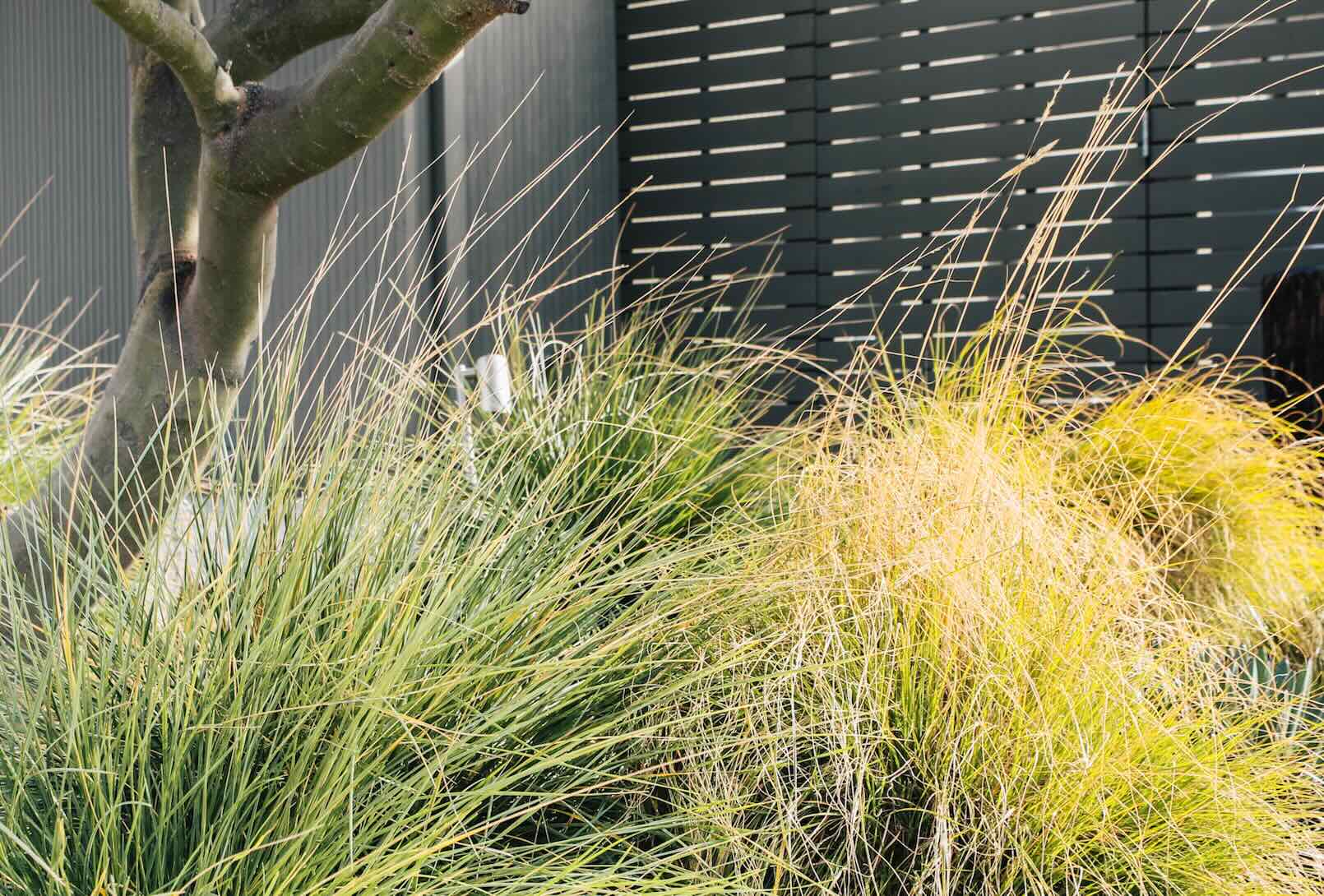

Landscaping Ideas
Why Is My Ornamental Grass Turning Yellow
Modified: February 18, 2024
Discover effective landscaping ideas to prevent your ornamental grass from turning yellow. Learn how to maintain a vibrant and healthy garden.
(Many of the links in this article redirect to a specific reviewed product. Your purchase of these products through affiliate links helps to generate commission for Storables.com, at no extra cost. Learn more)
Common Causes of Yellowing Ornamental Grass
Ornamental grasses are prized for their lush foliage and graceful movement in the garden. However, when these vibrant green grasses start to turn yellow, it can be a cause for concern. Several factors can contribute to the yellowing of ornamental grass, signaling underlying issues that need to be addressed promptly.
Read more: Why Grass Turning Yellow
Nutrient Deficiency
One of the primary reasons for yellowing ornamental grass is a lack of essential nutrients. Nitrogen, iron, and magnesium deficiencies can manifest as yellowing leaves. This often occurs in soils that are depleted of nutrients or have pH imbalances, hindering the grass's ability to absorb vital elements.
Overwatering or Underwatering
Improper watering practices can also lead to yellowing grass. Overwatering can suffocate the roots, causing them to rot and impeding nutrient uptake, while underwatering can result in stress and dehydration, both of which can cause the grass to turn yellow and eventually brown.
Soil Compaction
Compacted soil can restrict root growth and oxygen uptake, leading to stress and yellowing in ornamental grasses. This is a common issue in high-traffic areas or where heavy machinery has been used, compressing the soil and hindering the grass's ability to thrive.
Insufficient Sunlight
Ornamental grasses typically thrive in full sun or partial shade. Inadequate sunlight can weaken the grass and cause it to turn yellow as it struggles to photosynthesize and produce energy.
Read more: Why Is My St. Augustine Grass Turning Yellow
Temperature Extremes
Extreme temperatures, whether excessively hot or cold, can stress ornamental grasses, leading to yellowing and diminished vitality. Sudden temperature fluctuations can also shock the grass, causing it to lose its vibrant green hue.
Root Bound
When ornamental grasses become root bound, with their roots tightly packed in a confined space, they can struggle to access essential nutrients and water, resulting in yellowing and stunted growth.
Identifying the potential causes of yellowing ornamental grass is crucial in implementing targeted solutions to restore the grass to its former vibrancy. By addressing these underlying issues, gardeners can revive their ornamental grass and ensure its continued health and beauty.
Key Takeaways:
- Yellowing ornamental grass can be caused by nutrient deficiency, improper watering, soil compaction, insufficient sunlight, temperature extremes, and being root bound. Addressing these issues can restore the grass’s vibrancy and health.
- To revive yellowing ornamental grass, test and amend the soil, adjust watering practices, trim and maintain the grass, consider division and replanting, optimize sunlight exposure, and manage pests and diseases. These steps can help the grass regain its lush green appearance and vitality.
Environmental Stressors
Environmental stressors play a significant role in the health and appearance of ornamental grasses. These stressors encompass a range of external factors that can impact the grass's well-being, leading to yellowing and diminished vitality. Understanding and mitigating these stressors is crucial for maintaining the lush green beauty of ornamental grasses.
Drought Conditions
Prolonged periods of drought can exert immense stress on ornamental grasses, causing them to turn yellow as a survival response. In an effort to conserve water, the grasses may redirect their resources, leading to a decline in chlorophyll production and the characteristic yellowing of the leaves. Additionally, drought-stressed grasses are more susceptible to pest infestations and diseases, compounding the challenges they face.
Read more: Why Does My Dog’s Pee Turn The Grass Yellow
Waterlogged Soil
On the flip side, waterlogged soil can also induce yellowing in ornamental grasses. Excessive moisture can lead to oxygen deprivation in the root zone, impeding the grass's ability to uptake nutrients and causing it to exhibit signs of distress. The waterlogged conditions create an unfavorable environment for the roots, hindering their functionality and resulting in the yellowing of the grass blades.
Pollution
Environmental pollutants, such as vehicle emissions, industrial byproducts, and chemical residues, can negatively impact ornamental grasses. These pollutants can accumulate on the grass's foliage, impeding photosynthesis and leading to yellowing. Additionally, pollutants can alter the pH and nutrient balance of the soil, further exacerbating the stress experienced by the grass.
Soil Compaction
Soil compaction, often caused by heavy foot traffic or machinery, can detrimentally impact ornamental grasses. Compacted soil restricts root growth and inhibits the movement of air, water, and nutrients within the soil. As a result, the grasses struggle to establish a robust root system, leading to yellowing and reduced vigor.
Solutions
To mitigate the impact of environmental stressors on ornamental grasses, gardeners can implement several strategies. These include mulching to conserve soil moisture, aerating compacted soil to improve its structure, and selecting grass species that are more tolerant of specific environmental conditions. Additionally, regular monitoring and prompt intervention can help alleviate the stressors and preserve the health and vibrancy of ornamental grasses.
By addressing environmental stressors, gardeners can create an optimal growing environment for ornamental grasses, ensuring that they remain lush and vibrant, free from the yellowing that often accompanies environmental challenges.
Read more: Why Is My Pillowcase Turning Yellow
Pests and Diseases
Pests and diseases pose significant threats to the well-being of ornamental grasses, often manifesting as yellowing foliage and diminished vitality. Identifying these potential adversaries and understanding their impact is crucial for implementing targeted management strategies to safeguard the health and beauty of ornamental grasses.
Insect Infestations
Insect pests can wreak havoc on ornamental grasses, leading to yellowing, wilting, and overall deterioration. Common culprits include aphids, grasshoppers, and spider mites, which feed on the grass foliage, disrupting its physiological processes. As these pests sap the plant's resources, the grass may exhibit symptoms of stress, including yellowing leaves and stunted growth. Additionally, certain insects can transmit diseases, further compromising the grass's health.
Fungal Infections
Fungal diseases, such as rust and leaf spot, can cause ornamental grasses to develop yellow or discolored patches on their foliage. These infections often thrive in humid conditions and can rapidly spread, leading to widespread yellowing and browning of the grass blades. Fungal pathogens compromise the grass's ability to photosynthesize and utilize nutrients, resulting in visible signs of distress.
Bacterial Diseases
Bacterial infections can also contribute to the yellowing of ornamental grasses. Diseases like bacterial wilt and soft rot can cause discoloration and wilting in the grass, signaling the presence of underlying bacterial pathogens. These diseases can rapidly spread throughout the grass, leading to extensive yellowing and decline if left unchecked.
Read more: Why Is My Shower Curtain Turning Yellow
Management Strategies
Implementing integrated pest management practices is essential for mitigating the impact of pests and diseases on ornamental grasses. This approach involves employing a combination of cultural, biological, and, if necessary, chemical control methods to manage pest and disease populations effectively. Regular monitoring for signs of infestations or infections, promoting good air circulation, and maintaining proper sanitation in the garden can help prevent and manage these issues.
Natural Predators
Encouraging the presence of natural predators, such as ladybugs and lacewings, can aid in controlling pest populations, reducing the likelihood of severe infestations. These beneficial insects help maintain a balanced ecosystem in the garden, preying on pest species and curbing their numbers naturally.
Disease-Resistant Varieties
Selecting disease-resistant ornamental grass varieties can bolster the grass's resilience against common fungal and bacterial pathogens. By choosing cultivars with inherent resistance to prevalent diseases, gardeners can proactively reduce the risk of yellowing and disease development in their ornamental grasses.
Vigilance and Intervention
Regularly inspecting ornamental grasses for signs of pest activity and disease symptoms enables early intervention, minimizing the impact of these threats. Promptly addressing any issues that arise, such as applying targeted treatments or removing affected plant material, can prevent the escalation of pest and disease-related yellowing in ornamental grasses.
By understanding the potential pests and diseases that can affect ornamental grasses and implementing proactive management strategies, gardeners can safeguard the health and vibrancy of these beloved garden additions, ensuring they remain lush and free from the yellowing that often accompanies pest and disease pressures.
Read more: Why Do My Pillows Turn Yellow
Improper Care and Maintenance
Improper care and maintenance practices can significantly impact the health and appearance of ornamental grasses, leading to yellowing and diminished vigor. Understanding the potential pitfalls associated with care and maintenance is essential for nurturing these plants to their full potential.
Inadequate Pruning: Neglecting regular pruning and maintenance can result in the accumulation of dead or decaying foliage within the ornamental grass clumps. This can impede air circulation and sunlight penetration, leading to yellowing and reduced growth. Pruning helps rejuvenate the grass by removing old growth and promoting the emergence of fresh, vibrant foliage.
Incorrect Watering: Overwatering or underwatering can both contribute to the yellowing of ornamental grasses. Overwatering can lead to root rot and nutrient leaching, while underwatering can cause stress and dehydration. Establishing a balanced watering regimen, taking into account the specific moisture needs of the grass species, is crucial for maintaining optimal health and preventing yellowing.
Inadequate Nutrient Supply: Ornamental grasses require essential nutrients to thrive, and a lack of proper fertilization can lead to yellowing and nutrient deficiencies. Regularly applying a balanced fertilizer, tailored to the specific needs of ornamental grasses, can bolster their vigor and prevent yellowing due to nutrient deficiencies.
Improper Planting Depth: Planting ornamental grasses at an incorrect depth can hinder their growth and lead to yellowing. Ensuring that the crown of the grass is positioned at the appropriate level, neither too deep nor too shallow, is vital for promoting healthy growth and preventing stress-induced yellowing.
Lack of Division: Over time, ornamental grasses can become overcrowded, leading to reduced airflow and nutrient competition among the plants. Failing to divide and rejuvenate the grass clumps can result in yellowing and diminished vigor. Regular division helps maintain the health and vitality of ornamental grasses, preventing the onset of yellowing due to overcrowding.
Inadequate Sunlight: Ornamental grasses thrive in full sun or partial shade, and insufficient sunlight can lead to yellowing as the plants struggle to photosynthesize and produce energy. Ensuring that the grasses are situated in locations that receive adequate sunlight is essential for preventing yellowing due to light deprivation.
By addressing these common pitfalls associated with improper care and maintenance, gardeners can proactively prevent the yellowing of ornamental grasses and promote their continued health and vibrancy. Implementing sound care practices, tailored to the specific needs of ornamental grasses, is instrumental in ensuring that these beloved garden additions remain lush and free from the yellowing that often accompanies inadequate care.
Tips for Reviving Yellowing Ornamental Grass
Reviving yellowing ornamental grass requires a strategic approach aimed at addressing the underlying causes of the discoloration and restoring the grass to its vibrant green state. By implementing targeted interventions and proactive measures, gardeners can effectively rejuvenate their ornamental grasses, ensuring their continued health and beauty.
Soil Testing and Amendment
Conducting a soil test can provide valuable insights into the nutrient profile and pH levels of the soil, enabling gardeners to address any deficiencies or imbalances that may be contributing to the yellowing of the grass. Based on the soil test results, appropriate amendments, such as organic matter or specific fertilizers, can be applied to enrich the soil and provide the necessary nutrients for the grass's recovery.
Proper Watering Practices
Establishing a consistent and appropriate watering regimen is essential for revitalizing yellowing ornamental grass. By ensuring that the grass receives sufficient moisture without being waterlogged, gardeners can alleviate stress and promote healthy growth. Deep, infrequent watering, especially during dry periods, encourages robust root development and aids in the grass's recovery.
Read more: Why Does My Toilet Seat Turn Yellow
Pruning and Maintenance
Trimming away the yellowing or damaged foliage from ornamental grass clumps can stimulate new growth and rejuvenate the plants. Additionally, removing any accumulated thatch or debris within the grass can enhance air circulation and sunlight exposure, fostering a healthier environment for the grass to thrive.
Division and Replanting
For overcrowded or declining ornamental grasses, division and replanting can be a rejuvenating solution. By carefully dividing the clumps and replanting the vigorous sections in well-prepared soil, gardeners can promote renewed growth and vigor in the grass, effectively combating the yellowing symptoms.
Sunlight Optimization
Ensuring that ornamental grasses receive adequate sunlight is crucial for their recovery. By strategically positioning the grasses in locations that offer the optimal amount of sunlight based on their specific requirements, gardeners can support their revitalization and prevent further yellowing due to light deprivation.
Vigilant Pest and Disease Management
Implementing proactive pest and disease management practices is essential for addressing any underlying issues that may be contributing to the yellowing of ornamental grass. By monitoring for pest activity and disease symptoms and promptly addressing any issues that arise, gardeners can prevent further damage and support the grass's recovery.
By incorporating these targeted tips and strategies, gardeners can effectively revive yellowing ornamental grass, restoring its lush green appearance and ensuring its continued vitality in the garden. Through proactive intervention and a tailored approach to addressing the underlying causes of yellowing, ornamental grasses can once again thrive, adding beauty and elegance to the outdoor landscape.
Frequently Asked Questions about Why Is My Ornamental Grass Turning Yellow
Was this page helpful?
At Storables.com, we guarantee accurate and reliable information. Our content, validated by Expert Board Contributors, is crafted following stringent Editorial Policies. We're committed to providing you with well-researched, expert-backed insights for all your informational needs.
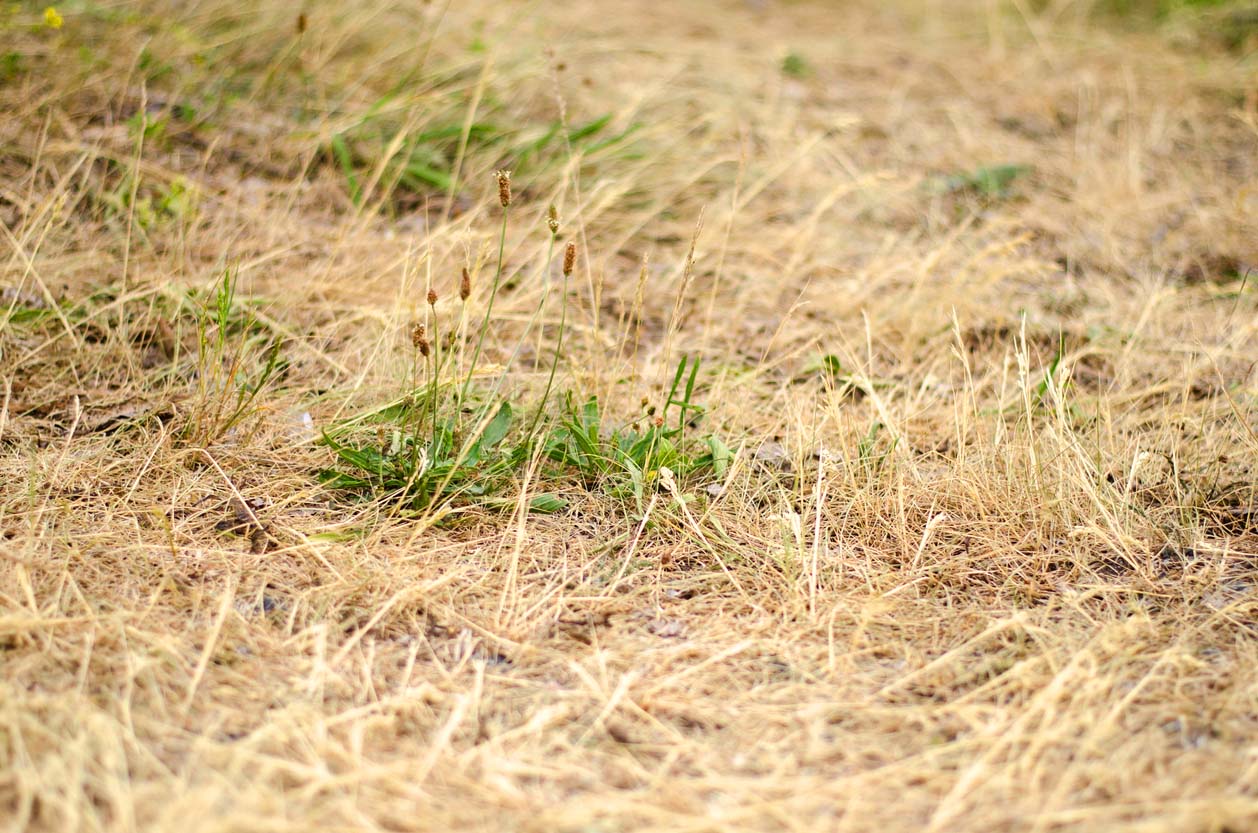
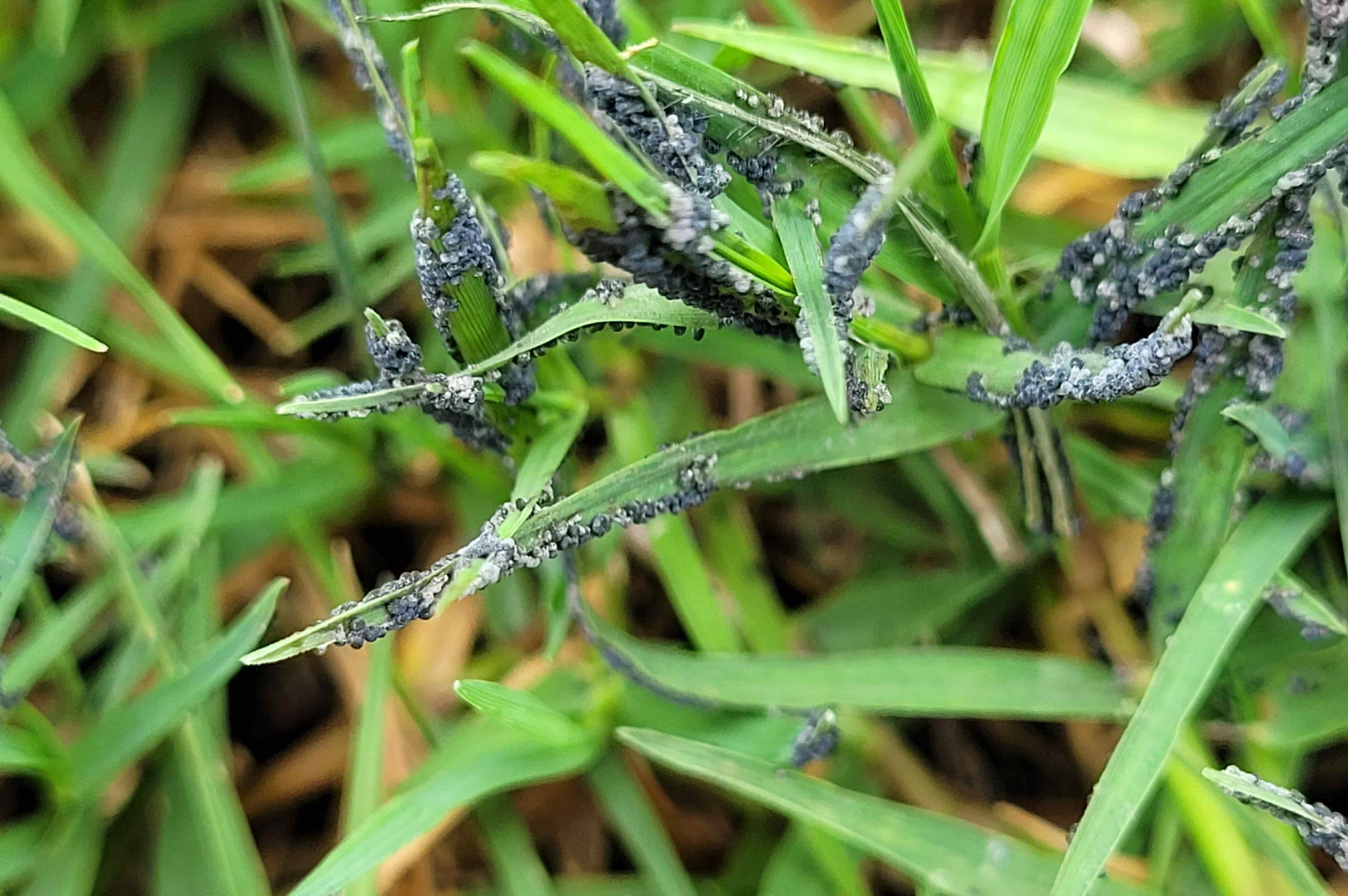


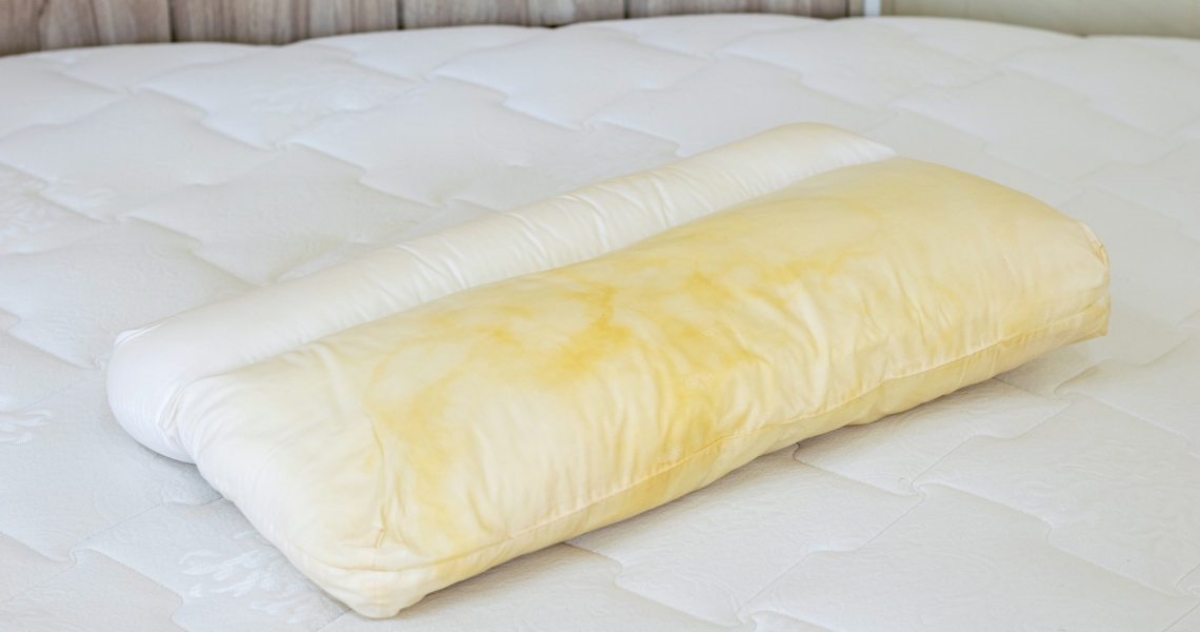
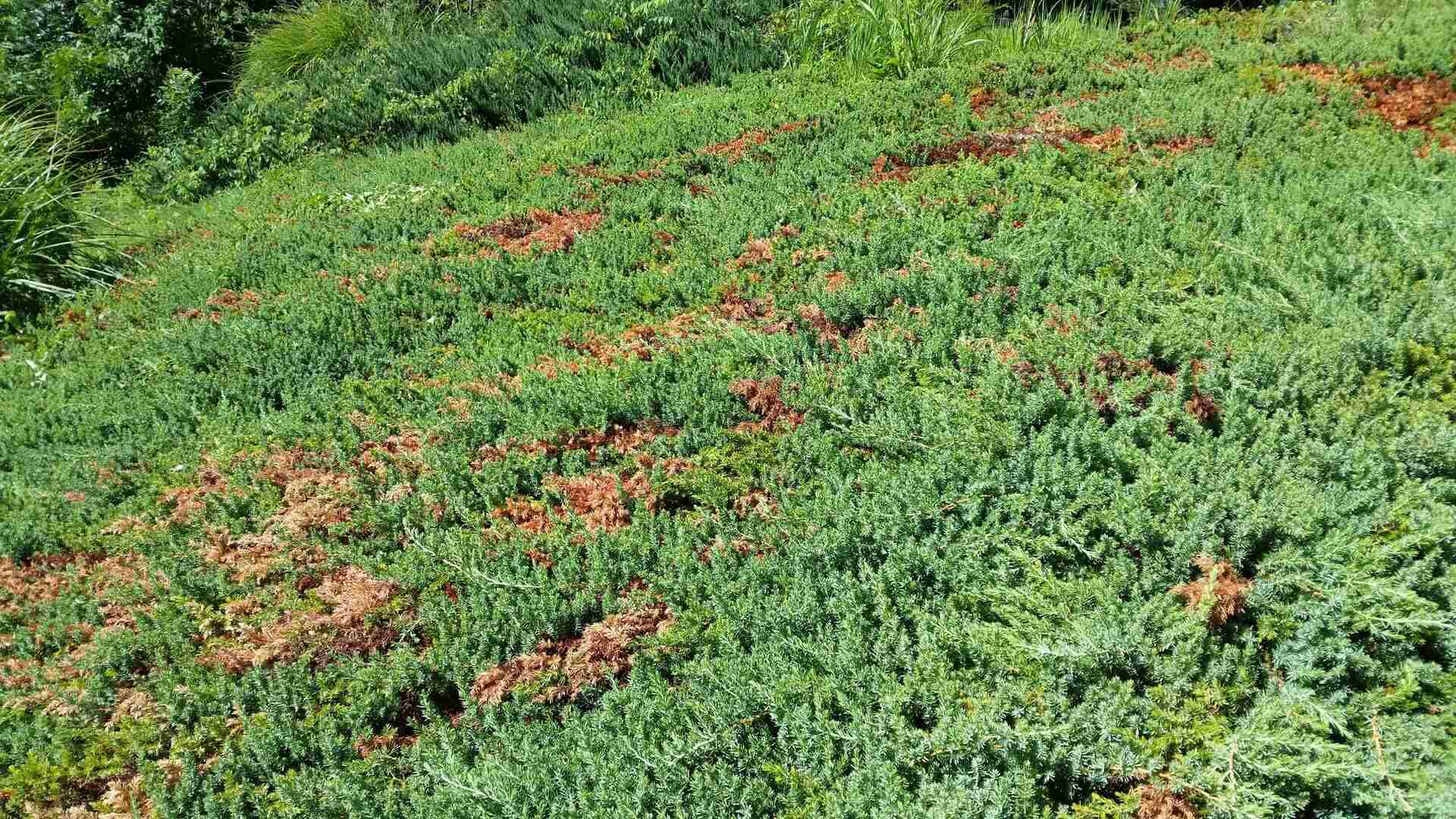

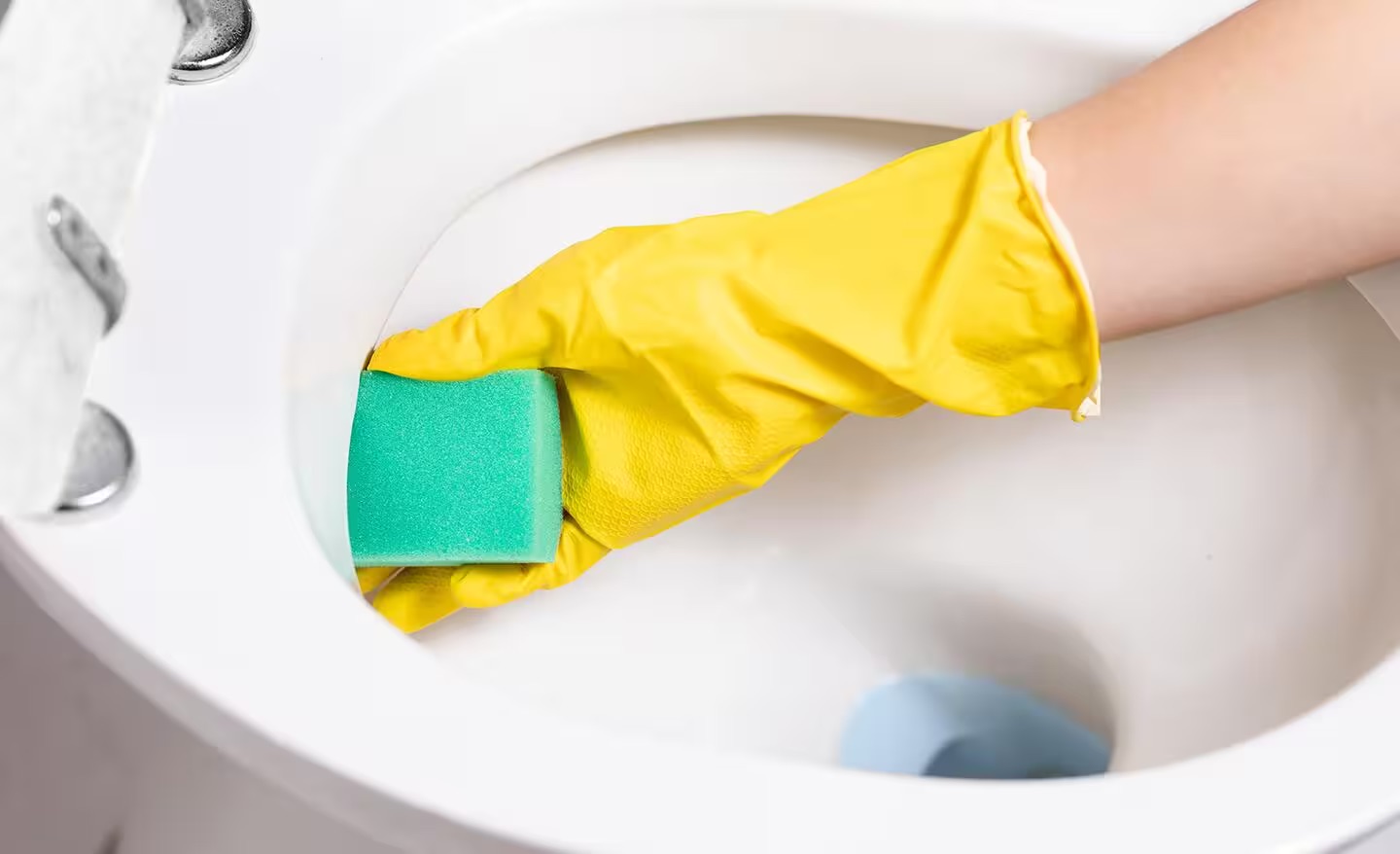
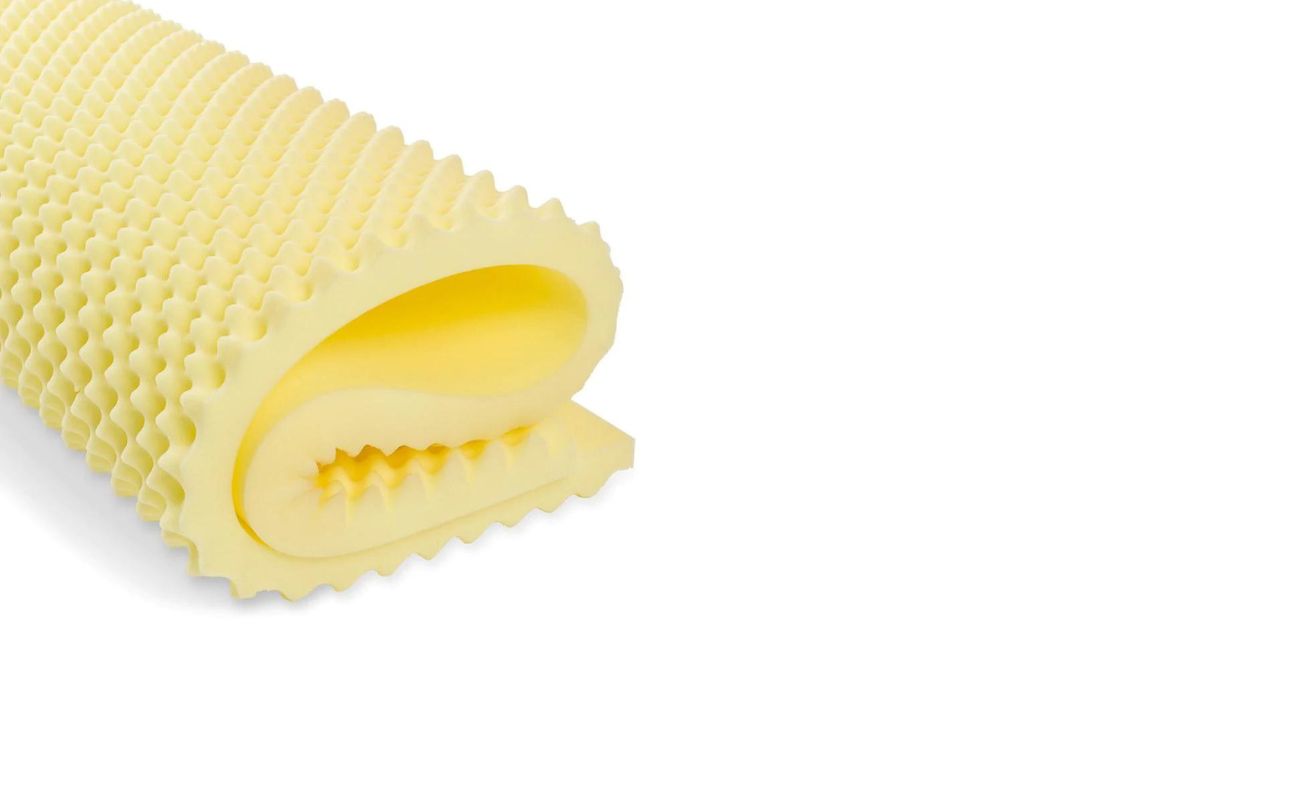

0 thoughts on “Why Is My Ornamental Grass Turning Yellow”